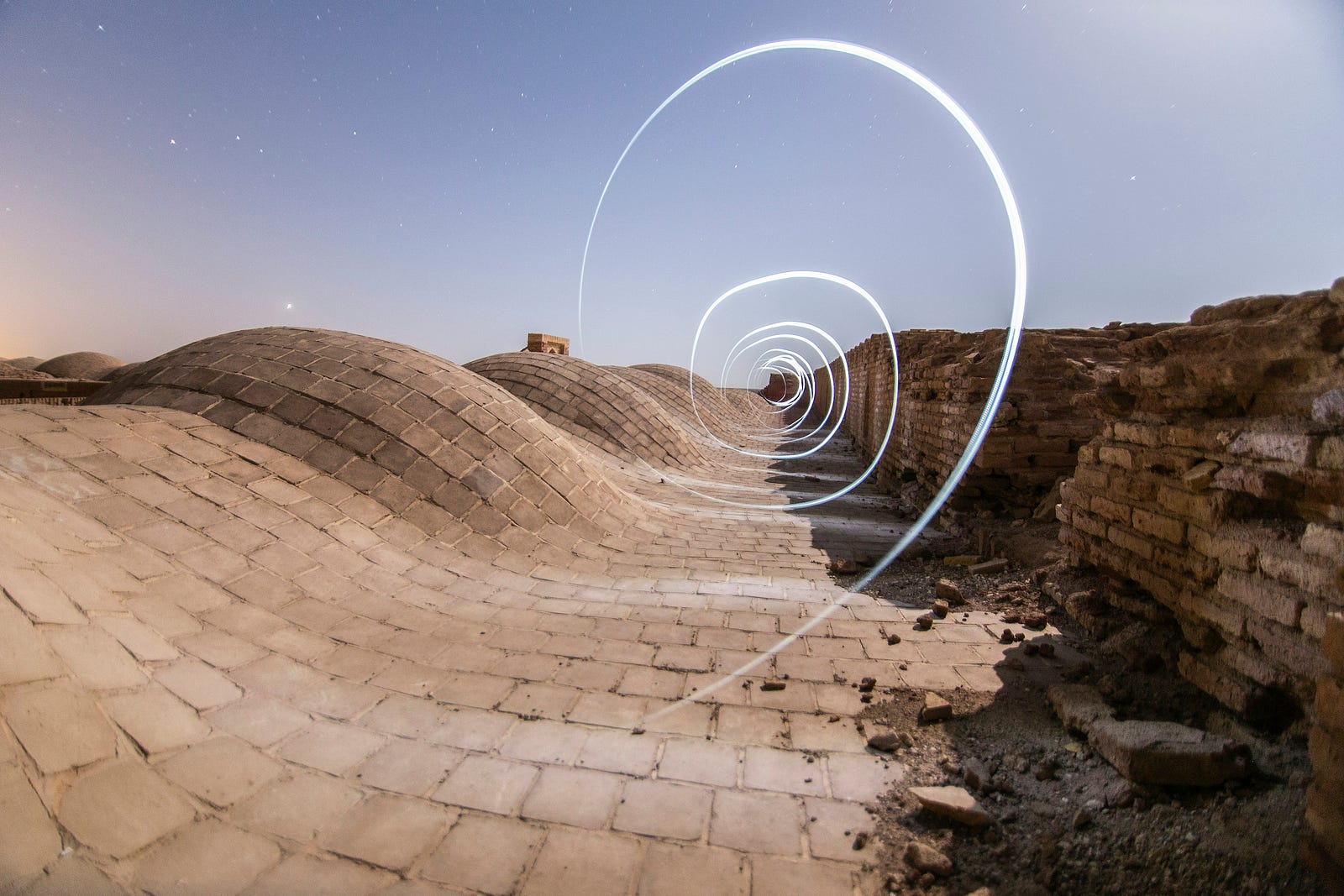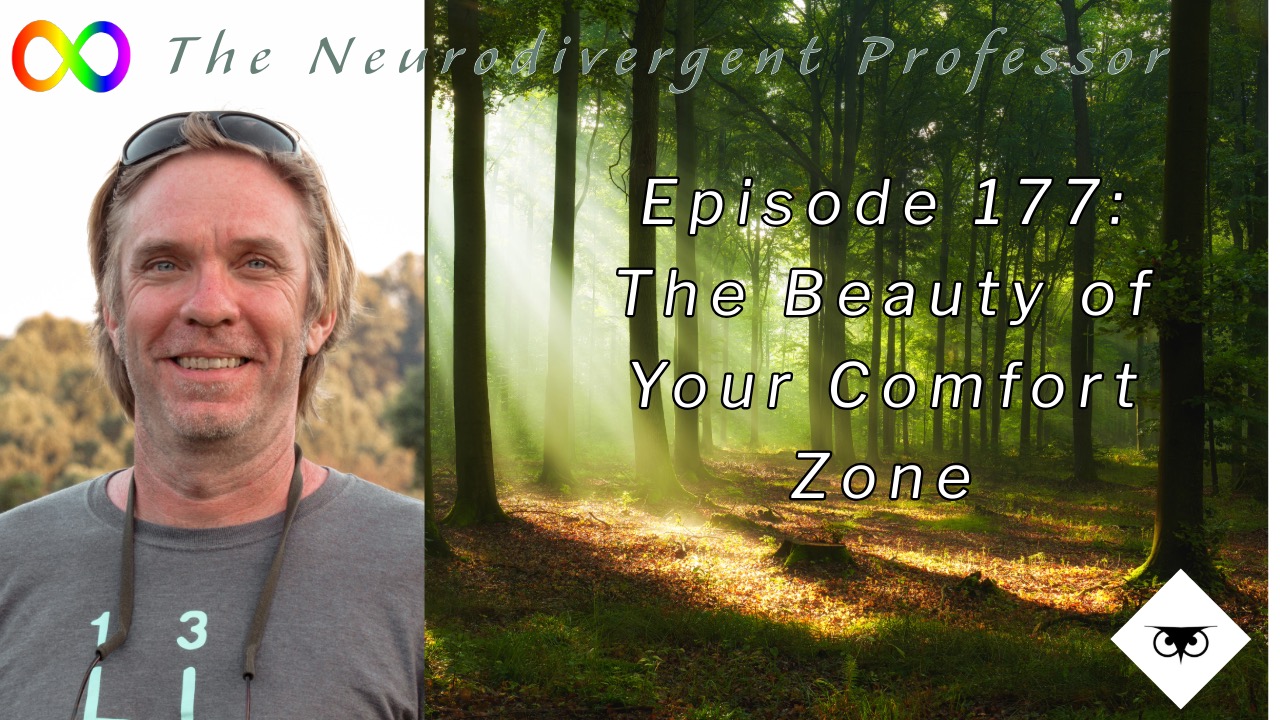
Do you ever think about your comfort zone? I’m sure most people are at least aware of the concept.
To me, our comfort zone is like an invisible egg that surrounds our physical body. Near the center, we are, well, comfortable. As we near the edges we become less comfortable.
Our comfort zone is like a sixth sense. It is more a bodily feeling or awareness than an identifiable sensation. Approaching our comfort zone is unlike hearing, smelling, touching, tasting, or seeing.
Why do we experience these comfort zone sensations?
The purpose of our comfort zone is to alert us when our environment changes. Likely, there are several evolutionary adaptations for being aware of these changes. When our comfort zone is triggered, we become alerted. Sometimes the changes are mild, irritating, or uncomfortable. Other signals may protect us from real danger.
Our mortality depends on a degree of comfort and a lack of danger. The fortunate and privileged among us spend more time in comfort, and less in danger. Our environmental, emotional, and physical needs are met and we have nothing to be concerned with. Our lives are not threatened and we are, well, comfortable. As situations change, our “spidey senses” begin to tingle. We may become aware that something has shifted, but we do not always know what the danger is.
One of the key protections of our comfort zone is for us to avoid real danger. Some call this intuition, a sixth sense, or ‘spidey senses’. These are critical but not what I am writing about here. The function of our comfort zone I am writing about here is more ambiguous.
Most often, our comfort zones act as a simple signal that we are encountering non-routine experiences.
To know about our comfort zone we have to be self-aware.
I know I sound like a broken record, but everything begins with self-awareness because without it we have no agency. Once we are self-aware, we can direct our attention with intent toward our comfort zone. In this way, we are paying attention. I believe that self-awareness is selected for in evolution and will talk about this in an upcoming episode.
Once self-aware, we can learn to discriminate among the various signals provided by our comfort zone. These signals can be benign and boring, moderate, or warnings about danger. For growth, we are interested in moderate information. The goldiloxian feelings are not too intense nor too uninteresting.
Signals from our comfort zones are growth opportunities. By paying attention to our sixth sense, we can identify our fears. With practice and courage, we can push beyond our comfort to better understand the source of these fears.
The era of maximizing comfort is over.
Human persistence (non-extinction) requires discomfort.
Growth.
Risk.
Bravery.
The industrial revolution and capitalism introduced an unprecedented degree of human comfort. While many of these comforts have been incredible, there are downsides. Privileged humans have become complacent, lulled to a waking sleep by immense comfort.
In a world that constantly changes, however, complacency is maladaptive. To continue our evolutionary path our comfort zones need to be confronted. We need to get comfortable with discomfort again. To move forward we have to take a few steps back. It’s time to trade in our privilege for the next frontier.
Links:
Streaming podcast audio:
https://www.buzzsprout.com/530563/15032705
YouTube video:
Ryan Holiday’s “The Obstacle is the Way”
Discover more from Revolutionizing human evolution
Subscribe to get the latest posts sent to your email.

